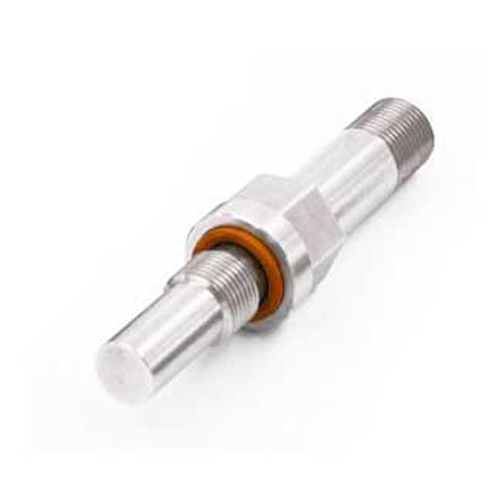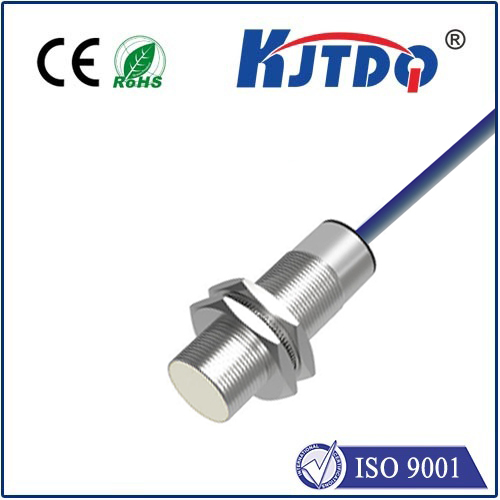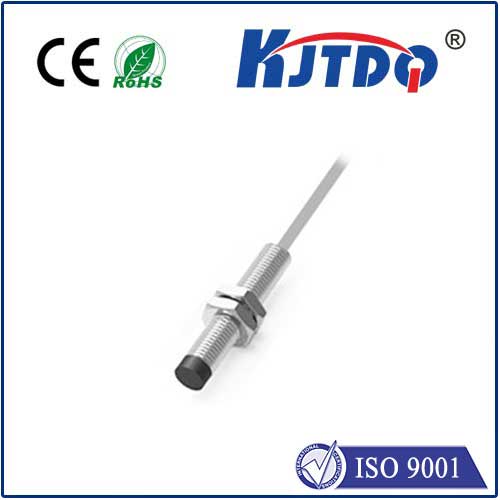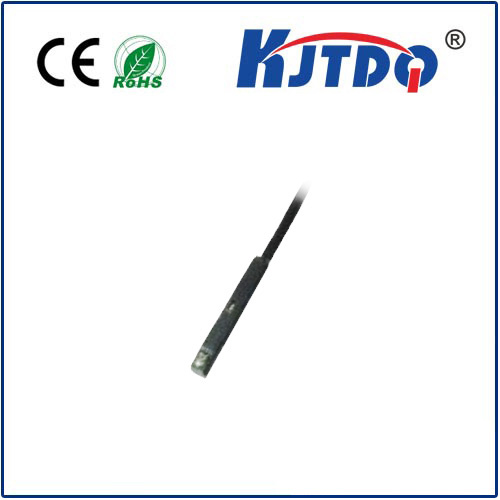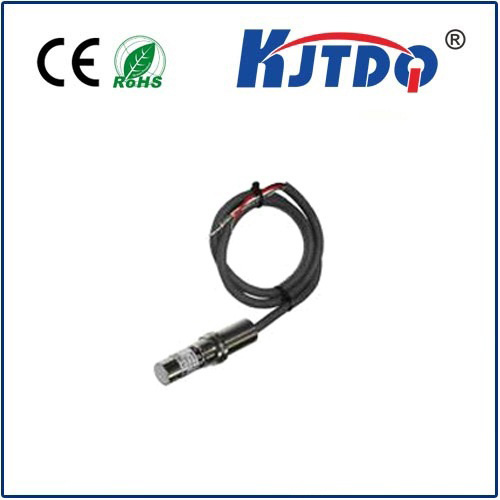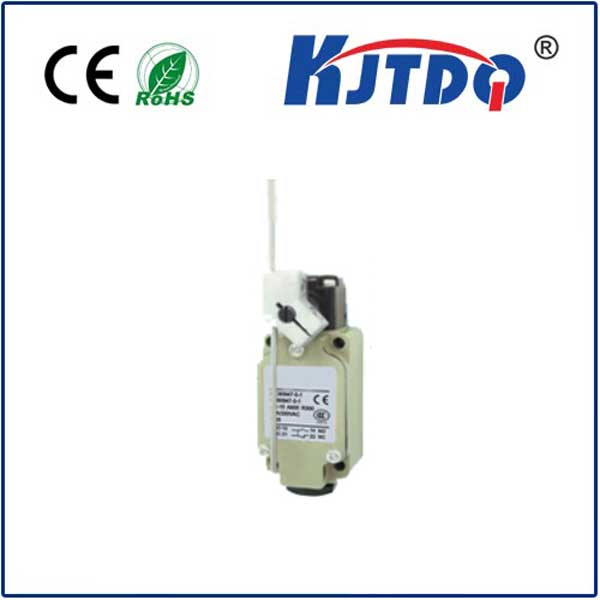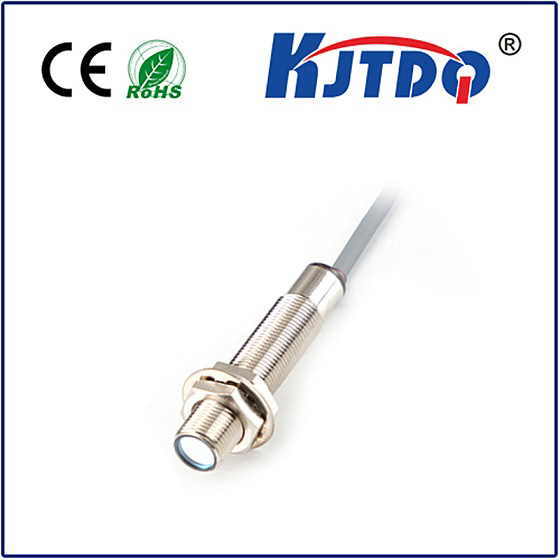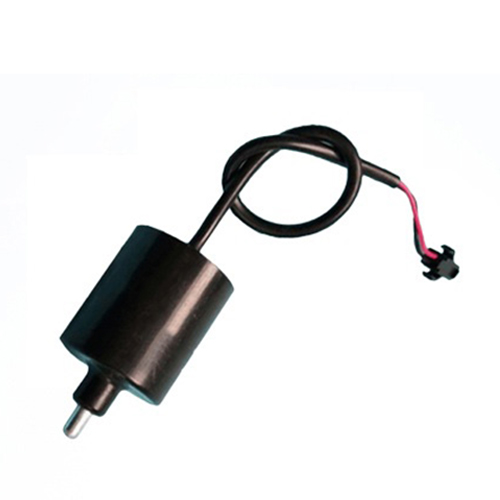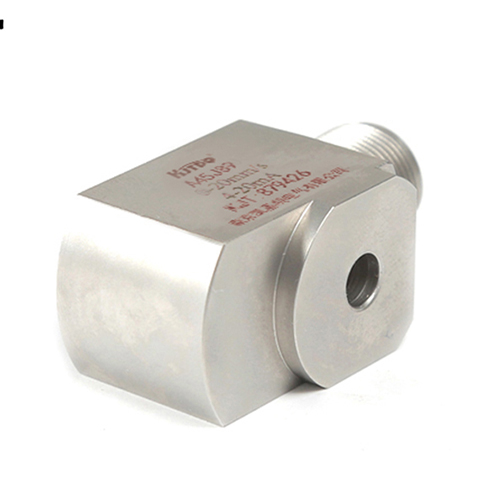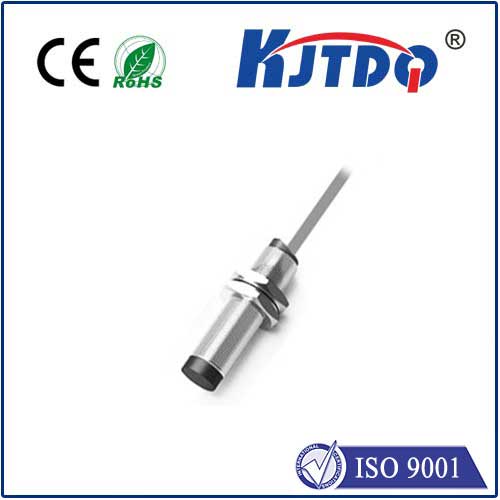

check

check

check

check

check

check

check

check

check

check
Title: Understanding Limit Switches and Their Usage in 2NO and 2NC Applications
Introduction to Limit Switches and Their Role in 2NO and 2NC Systems
In electrical and robotic systems, limit switches are essential components that help to detect the state of motion or position of a device. They work by interrupting the flow of current when the device reaches a specified threshold. This interruption signals a change in the state of the switch, allowing the system to respond accordingly. In this article, we will discuss limit switches, particularly their usage in 2NO (Normally Open) and 2NC (Normally Closed) applications.
Understanding 2NO and 2NC Switching Configurations
The terms "Normally Open" and "Normally Closed" refer to the typical operating conditions for these types of switches. A normally open switch is designed to allow passage of current when the switch is in an open position, while it blocks current when the switch is closed. A normally closed switch, on the other hand, allows current to pass through when the switch is open and blocks current when the switch is closed.
In a 2NO system, two normally open switches are used to control the flow of electricity between two devices. When one switch is open, power can flow freely between the devices. When both switches are closed, no power flows between them. This configuration is useful for controlling devices that need to be operated independently or for scenarios where it is necessary to isolate one device from another.
Similarly, in a 2NC system, two normally closed switches are used to control the flow of electricity between two devices. When one switch is closed, power cannot flow freely between the devices. When both switches are open, power can flow between them. This configuration is useful for controlling devices that need to be operated together or for scenarios where it is necessary to prevent power from flowing between two devices.
The Role of Limit Switches in 2NO and 2NC Applications
Limit switches play a crucial role in ensuring safe and reliable operation of 2NO and 2NC systems. By monitoring the state of each switch, the system can quickly detect any changes in the position or state of the devices being controlled. This information allows the system to make informed decisions about how to distribute power between the devices, preventing accidents or damage to equipment.
In addition, limit switches provide valuable feedback to operators, helping them understand the status of their systems and making it easier to diagnose any issues that may arise. This feedback can also be used to optimize system performance, reducing energy consumption and improving overall efficiency.
Conclusion
Limit switches are essential components of electrical and robotic systems, particularly in 2NO and 2NC applications. By providing real-time monitoring of device position and state, they help ensure safe and reliable operation while providing valuable feedback to operators. Understanding the role and functionality of limit switches is critical for maintaining optimal performance and safety in these systems.
